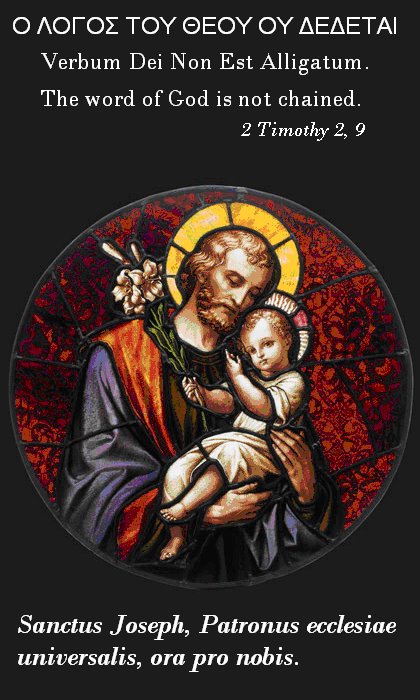
Reading a collection of essays by Theodore Dalrymple, a British doctor and writer, I was struck by the following passage in a piece entitled “What the New Atheists Don’t See”:
“A few years back the National Gallery held an exhibition of Spanish still-life paintings. One of these paintings had a physical effect on the people who sauntered in, stopping them in their tracks; some even gasped. I have never seen an image have such an impact on people. The painting, by Juan Sánchez Cotán, now hangs in the San Diego Museum of Art. It showed four fruits and vegetables, two suspended by string, forming a parabola in a grey stone window.
Even if you didn’t know that Sánchez Cotán was a seventeenth–century Spanish priest, you could know that the painter was religious: for this picture is a visual testimony of gratitude for the beauty of those things that sustain us. Once you have seen it, and concentrated your attention on it, you will never take the existence of the humble cabbage – or of anything else – quite so much for granted, but will see its beauty and be thankful for it. The painting is a permanent call to contemplation of the meaning of human life, and as such it arrested people who ordinarily were not, I suspect, much given to quiet contemplation.”
Such is the power of great art, the power to transform ordinary people, at least while they are in its presence, into contemplatives, the power to transform everyday objects into tokens of grace, ‘charged with the grandeur of God’, and so pointing to a transcendent reality. In this sense, all great art is ultimately religious, even if the subject of the work is not explicitly so.
This resonates with something else I recently read in an article in the March 2009 issue of First Things, “Surprised by Calvin”. The article starts off with the view of C.S. Lewis and Fr. Andrew Greeley on the sacramental character of the world: simple worldly pleasures, objects, events, and people are ‘revelations of grace’. Richard Mouw, the author of the article, quotes Greeley and comments: “Indeed, Catholic theology of the sacraments is ‘both a result and a reinforcement of a much broader … view of reality’ – a view in which the created world around us serves as a kind of metaphor for heavenly things. The things that make up our very ordinary existence, Greeley tells us, ‘hint at the nature of God,’ and they even serve to ‘make God in some fashion present to us.’”
In the same article, Mouw relates that Josef Pieper, a great Catholic thinker and Thomist philosopher, used to give talks in a sculptor’s studio to a group that would gather there on a regular basis to listen to him. On one occasion he recounted that the pre-Socratic philosopher Anaxagoras once asked his students the question, “Why are you here on earth?” Anaxagoras gave the answer, “To behold.” Mouw comments: “Pieper applied Anaxagoras' comment to the artistic task, but it also applies more broadly. We honor the Creator’s purposes when we engage in beholding, in that special kind of ‘seeing’ that, as Pieper puts it, is directed to more than ‘the tangible surface of reality.’ This kind of seeing, Pieper further observes, must be ‘guided by love’ for – and here Pieper quotes an ancient saying – ubi amor, ibi oculus (roughly, “where there is love, there is seeing”).”
“Where there is love, there is seeing”; and everything that we see points beyond itself, and directs our minds to the One Who is the source of all love, all beauty.

No comments:
Post a Comment